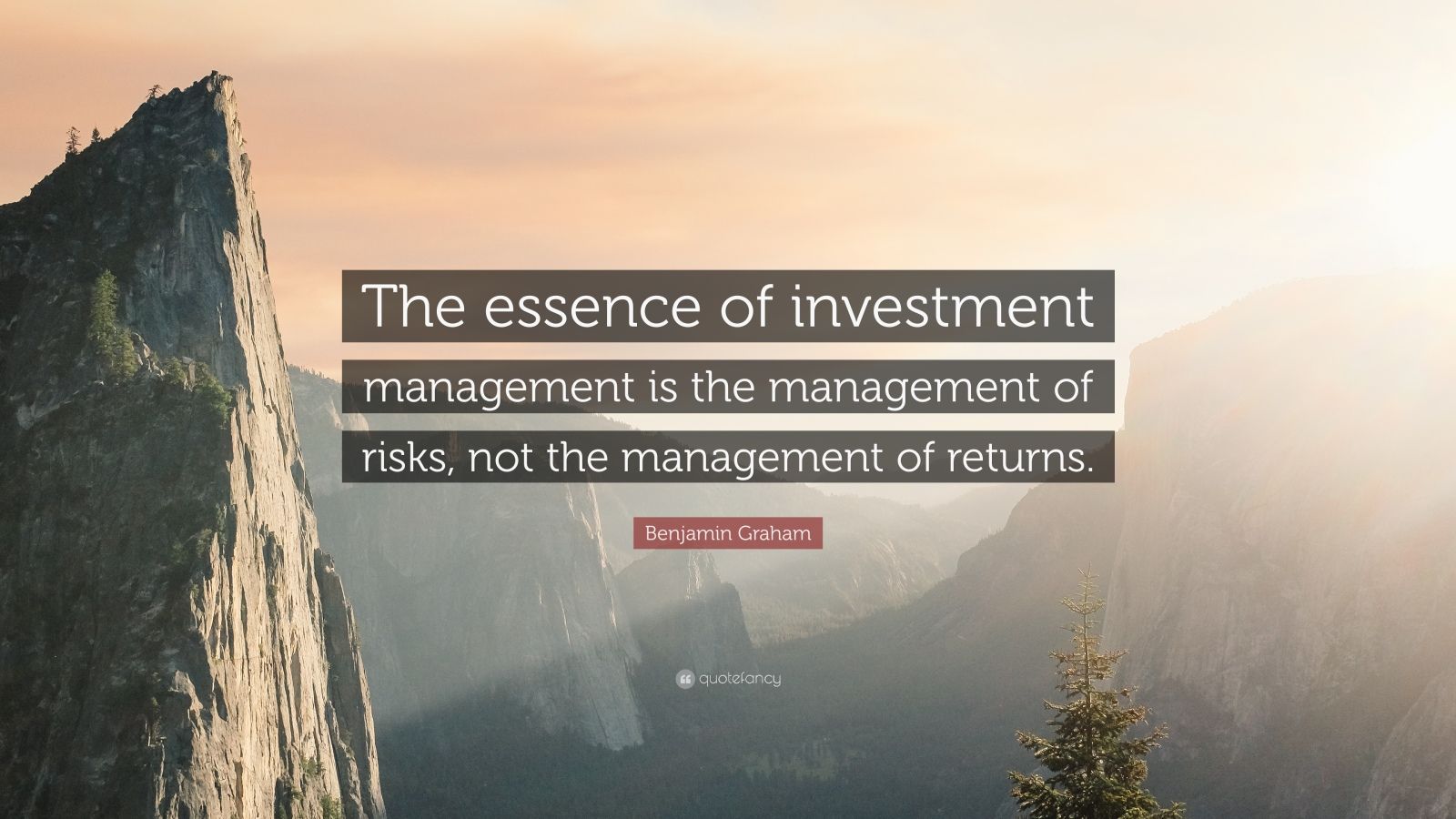Buy here in Amazon.com or Amazon.in
- ISBN-10: 9780062312686
- ISBN-13: 978-0062312686
Warning: This book is an advanced read even for finance professionals. You must have basic knowledge on capital markets to be able to understand and appreciate the book. Like high echelons of Carnatic music, this book is a God send for those obsessed with return on and of their investment, but most others may be unable to appreciate the finesse of the mentioned points.

This book is one of Investment Classics vouched by none other than the most well-known investor of our times Mr. Warren Buffett. Most revelations in the field of investment lose relevance overtime and even prove dismal in succeeding cycles, as can be seen in some of the commentary by the supplementary author Jason Zweig (more on that later) but Graham’s principles have themselves have survived several market cycles. Infact these principles thrive on the market cyclicality. So let’s go about to explore the voluminous book.
Speculation Vs. Investment
A shareholder is a part owner of the company and has to study the business fundamentals thoroughly before deciding to put his money into it. The investor must be convinced that he is receiving more value of the company for the price he is paying. Purchasing shares with the hope that it would increase in price is speculation. A non-professional who is speculating on share prices is purely gambling. It is an exciting past time worth being pursued with only a small portion considered as fun money which you are okay to loose.
Investor’s Biggest Enemy- Inflation
A good investment must deliver an inflation beating return with an acceptable level of risk. Graham considers bonds (debt securities) as one of the most important vehicle to achieve the same. Since secure return of principal is of prime importance, Graham prefers Govt.bonds over corporate bonds as there is nil risk of default by the Government and a few additional points from corporate bonds do not justify the additional risk. However, Graham recommends buying bonds of corporates when available at a steep discount in the secondary market due to temporary adverse conditions faced by the company or market.
Two Types of Investor – Defensive and Enterprising
Myth in investing world is that you have to take higher risks to obtain higher returns. According to Graham higher returns go to the investor who actively pursues it, i.e an enterprising investor while the passive or defensive investors get average returns.
Portfolio Allocation
Between stocks and bonds, Graham recommends a minimum of 25% and a maximum of 75% allocation on each of them. Only investors who are prepared for a huge draw down(notional loss on quoted price) should allocate 75% on stocks at any point in time. Conservative investors may be better off with maximum allocation on bonds.
Rules for Common stock Component
- There should be adequate but not excessive diversification. i.e a minimum of 10 and a maximum of 30 stocks.
- Each of the selected company should be large, prominent and conservatively financed.
- Each company should have a long record of continuous dividend payments of atleast 10 years.
- Set a limit to max price one would pay for the stock. Suggested: Trailing 12 months PE of 20 or average of 25.
Graham in general advices against picking stocks individually as he considers an individual cannot do a better job at stock picking than the professionals who seem to do a pretty average job themselves. His preferred way of investment in equity is through index funds.
For an enterprising investor who is willing to put in more efforts into stock picking he advises following guidelines:
- Financial Condition: (a) Current assets at least 1.5 times current liabilities and (b) debt not more than 110% of net current assets (for industrial companies)
- Earnings Stability: No deficit in the last five years.
- Dividend Record: some current dividend
- Earnings growth: Last year’s earnings more than of prev years
- Price: Less than 120% of net tangible assets.
Dollar(Rupee) Cost Averaging:
Such carefully selected stocks must be purchased through a monthly purchase plan of a fixed amount every month as long as the basis premise of selection holds good.

Portfolio Tracking and Updation:
The portfolio must be reviewed atleast once a year. But frequent urge to check the stock prices must be avoided.
Dividend Policy:
Graham is extremely critical of companies that retain more earnings than required for growth. For the company managers to believe that they are more qualified in growing the retained earnings than the shareholders is incorrect, unproven and misaligned incentives.
My Critic on the book: The commentary of the book by Jason Zweig adds number of recent examples. However, the commentary is dated only till 2003. So the book completely skips the 2008 crash and the lessons from it. Jason Zweig has also recommends investing in junk funds as he says risk has been significantly reduced due to diversification. Diversification does not do away with systemic risks which while adequately addressed by Graham need to continue to be adhered too.
This book is a great read if you want to understand more on Asset Allocation in capital markets. For more in depth knowledge on picking stocks please read ‘Security Analysis‘ by Graham and Dodd.

We know you love books. We would you like to give two FREE audio books. Grab your trial Audible Membership with Two Free Audio Books . Cancel at anytime and retain your books.
